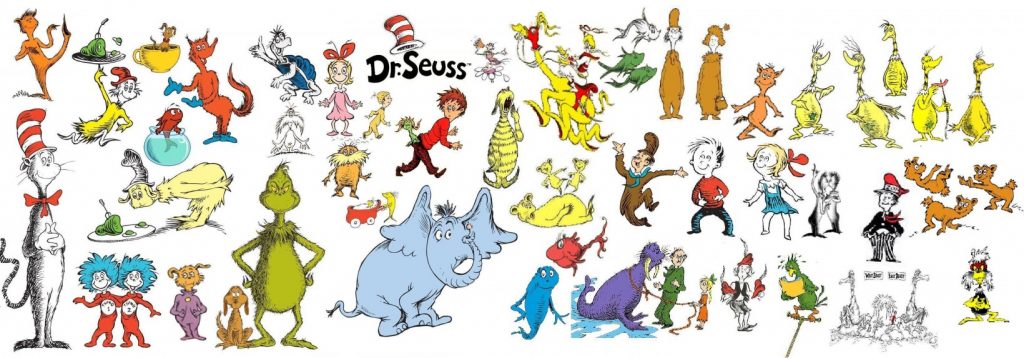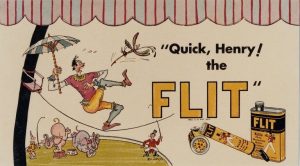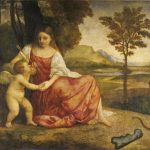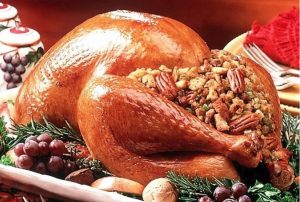It was on this glorious day (March 2nd) in 1904 that Theodor Seuss Geisel, better known as Dr. Seuss, (even though not a real doctor!) was born in Springfield, Massachusetts. It was then certain that from that day on the Cat in the Hat, Thing One and Thing Two, the Fox in Sox, Horton who hears a Who, the Grinch, Sam I Am, Thidwick, the Lorax and many many other whimsical characters, would brighten the minds and hearts of countless children, younger (or young at heart, like…myself!) or older.
If Juliet wonders ‘what’s in a name’ in reference to Romeo’s house, with Dr. Seuss, everything’s in a name! Biffer-Baum Birds. The Long-Legger Kwong. Brown Bar-ba-loots. Sneetches. Wockets and Nizzards—all names which have become an iconic part of childhood… and parenthood.
Undoubtedly, he was born to stand out! In his own words:
‘Why fit in when you were born to stand out?’
Dr. Suess (a.k.a. Dr. Theophrastus Seuss, a.k.a. Theo Le Sieg, a.k.a. Theodor Seuss Geisel) is best known as a prolific children’s author (he released forty-six books during his lifetime!) who won the Pulitzer Prize in 1984. Apart from being a cartoonist and a poet he was also an illustrator for many advertising campaigns and was a political cartoonist during World War II. He was also a true perfectionist, known to discard 95% of his material before settling on a theme for a new book, sometimes spending up to a year writing a single story, and preferring payment upon completion, rather than in advance.
Having made an incredible impact on numerous generations he died in 1991 at the age of 87. His famous children’s books have been translated into over 20 languages and are still enjoyed in homes, schools, and communities all over the world. Many of his books continue to inspire people today, with a number of his books being turned into films and his stories continuing to sell well today.
What better way to celebrate Dr. Seuss Day than by reading one of his books?
Fun fact: His all-time best-selling book was created on a bet. Dr. Seuss’ editor Bennett Cerf bet him he couldn’t write a book using 50 or fewer words. The result is 1960’s ‘Green Eggs and Ham.’ The story of Sam-I-Am trying to convince an unknown character to eat green eggs and ham has sold more than eight million copies since publication!
Find some other Dr Seuss facts and quotes here:
Dr. Seuss Facts and Quotes for Kids
For a host of celebration activities have a look here:
Which Dr. Seuss character are you? Find out here:







































